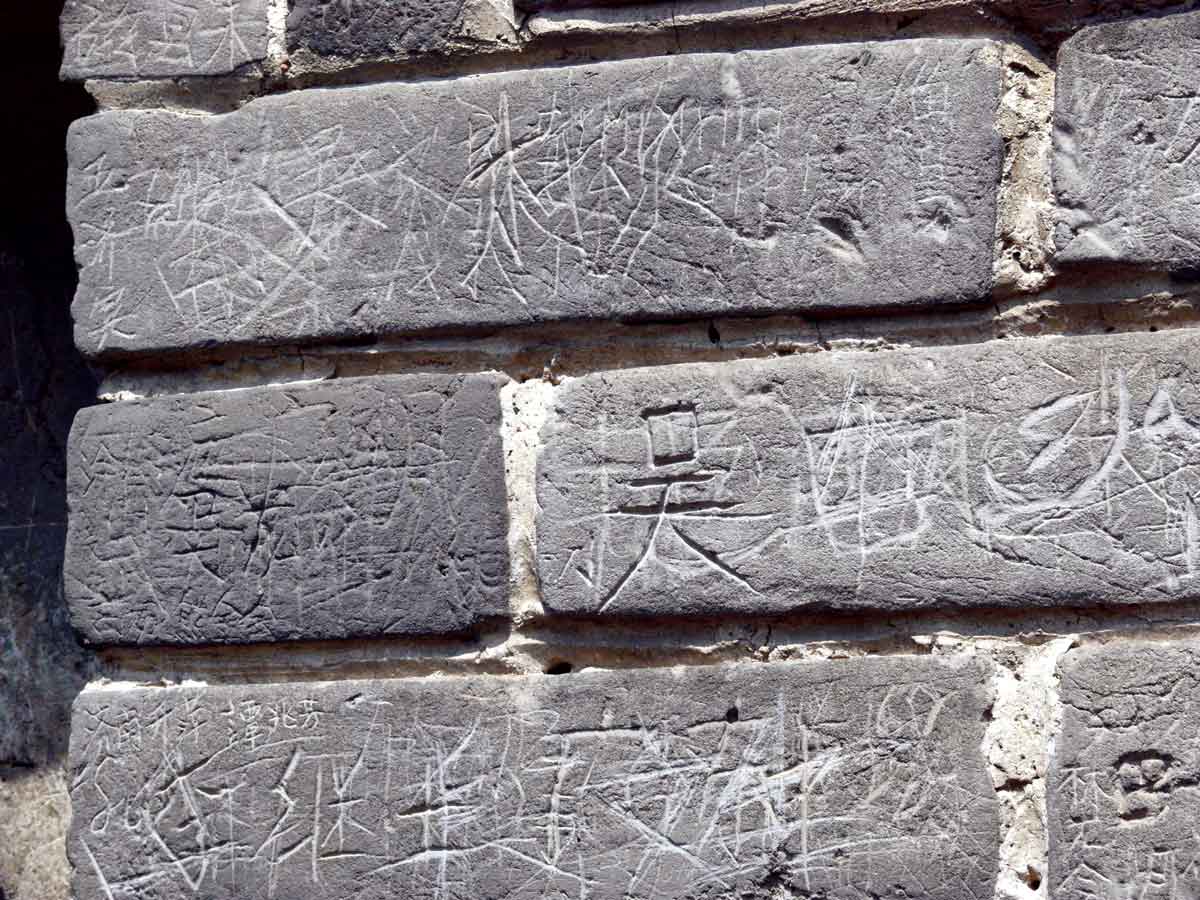Rewriting History
Carving our names on great monuments is a millennia-old tradition, but why do we do it?

In 1810, during his first Grand Tour of Europe, Byron carved his name into a column base of the Temple of Poseidon on the Aegean coast. Although Byron himself might not have actually written the name that is left there, the story has become part of the history of the monument, searched for by his admirers among the hundreds of other names carved all over the temple.
Modern graffiti, however, is met with a very different reaction. In 2014 a Russian tourist was fined €20,000 for inscribing a large ‘K’ on a wall of the Colosseum in Rome, the fifth such incident that year. And the year before, a Chinese tourist hit the headlines for carving his name – Ding Jinhao – into the torso of a figure in the temple of Ramses II in Luxor.
